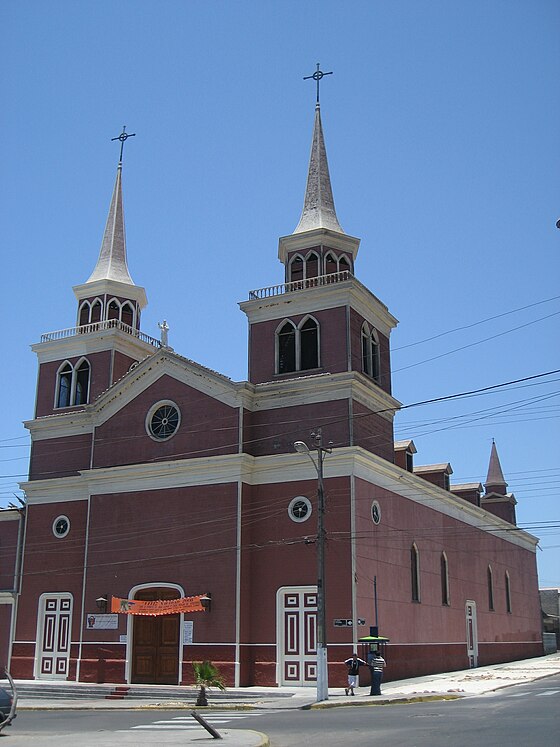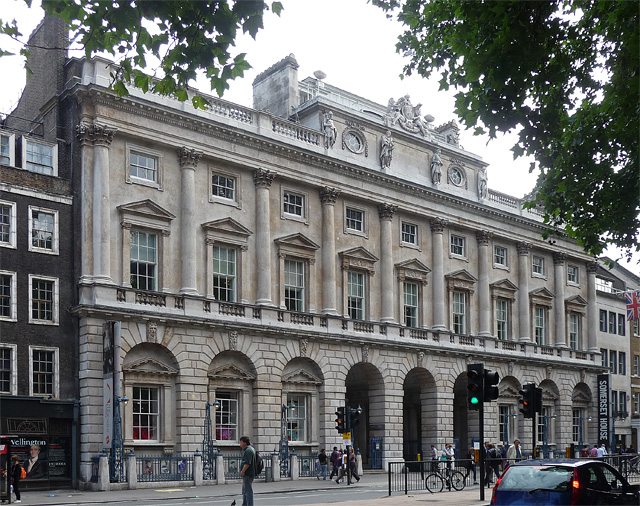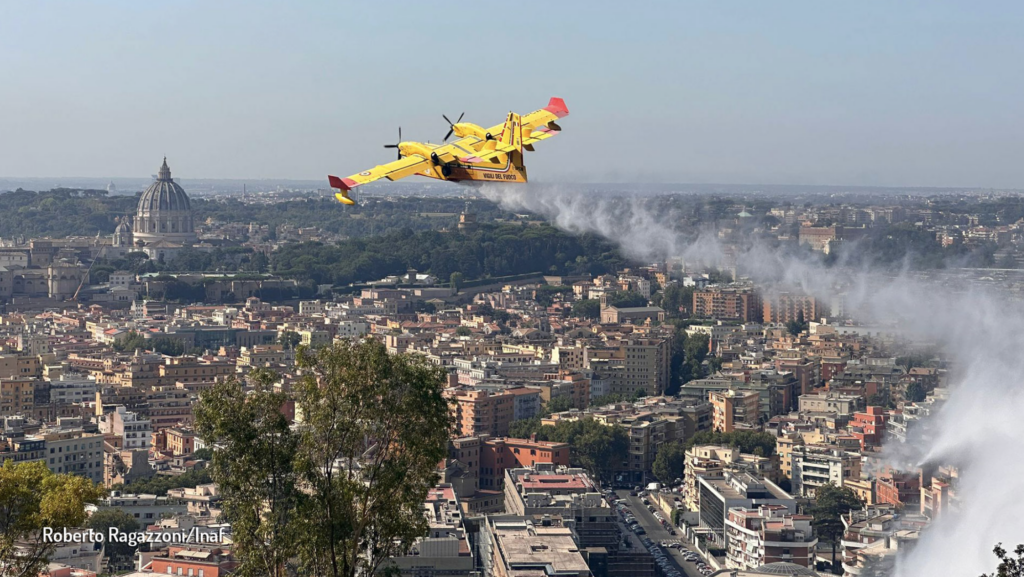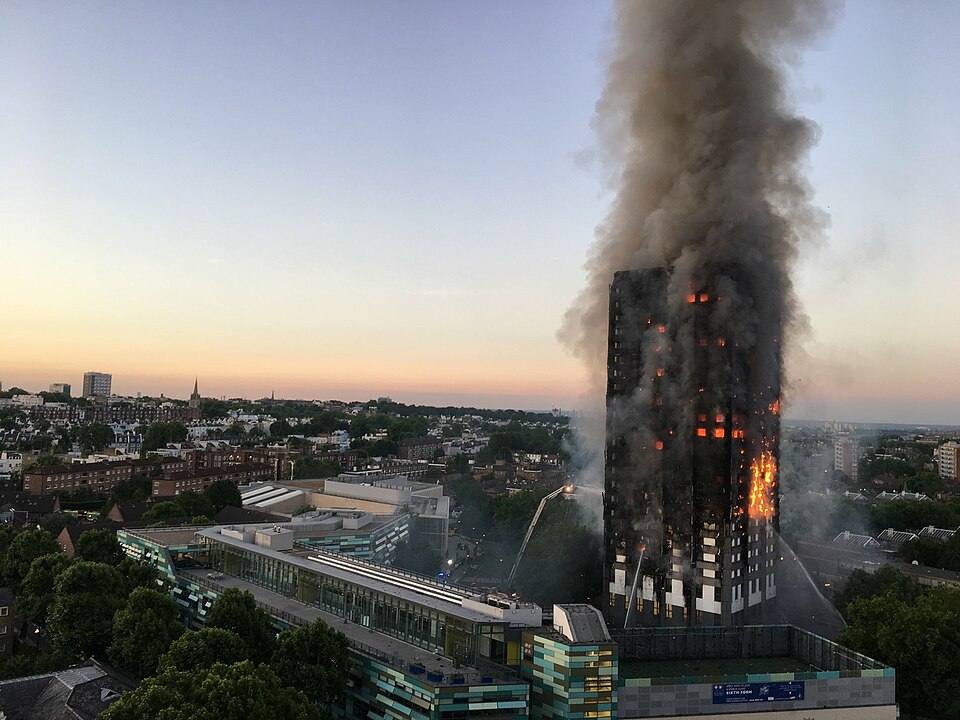Fire at Historic Industrial Site in New Jersey
A fire on January 5, 2024, swept through the Singer Sewing Industrial Site in Elizabeth, New Jersey.
More than 100 firefighters from New York City and northern New Jersey battled the fire that engulfed five industrial buildings at the historic complex.
This site, dating back to the late 19th century, once was the main complex for Singer sewing machine production and played a crucial role in wartime manufacturing.

The fire, which began around 5 a.m., presented a challenge to firefighters who struggled to contain it. Despite their efforts, three buildings collapsed, affecting businesses that collectively employed between 1,000 and 2,000 workers.
Firefighters, aided by water pumped from New York Harbor, battled the flames throughout the day. Anyway, the original Singer buildings, constructed in the late 19th century, remained unharmed.
The industrial complex housed diverse companies producing home goods, clothing, vehicle windshields, and kitchen appliances. The Singer Sewing Industrial Site holds historical significance as the country’s first large factory for producing Singer sewing machines.
Dating back to 1872, the complex was once believed to be the largest factory globally. During both World War I and World War II, the site played a crucial role in manufacturing cannons, antiaircraft weaponry, and wooden propeller blades.
Industrial archaeology, according Wikipedia, is “the systematic study of material evidence associated with the industrial past. This evidence, collectively referred to as industrial heritag, includes buildings, machinery, artifacts, sites, infrastructure, documents and other items associated with the production, manufacture, extraction, transport or construction of a product or range of products“.




